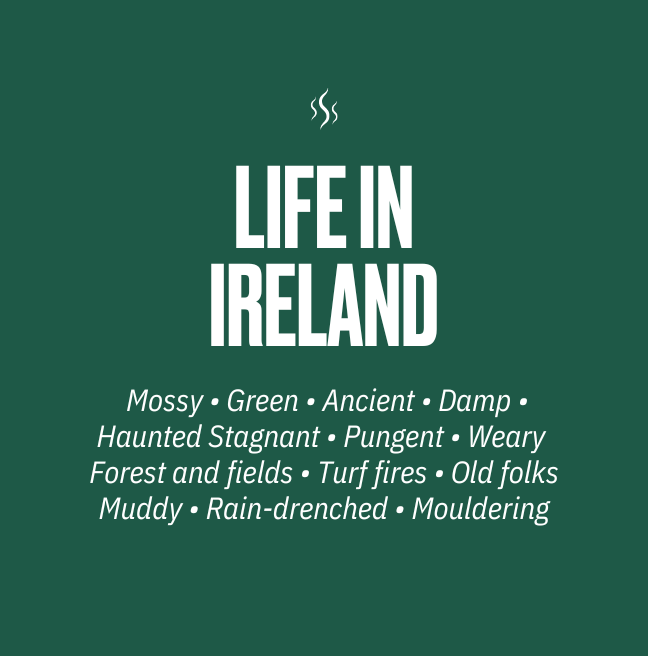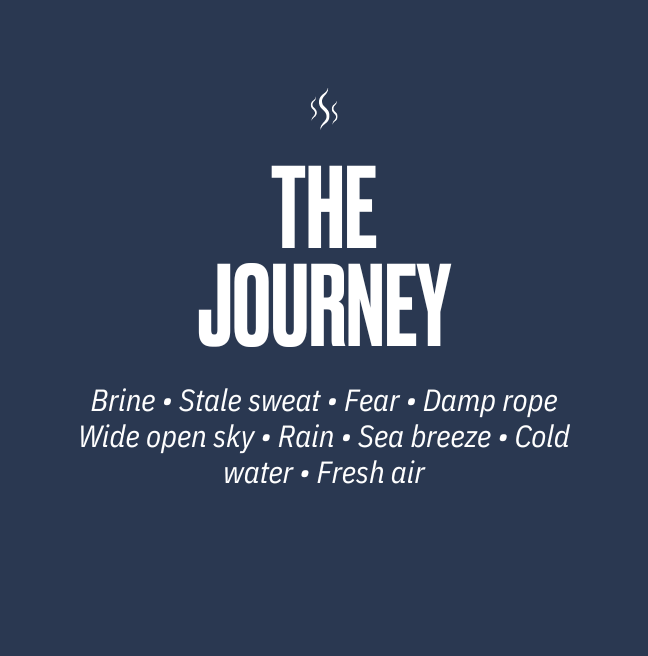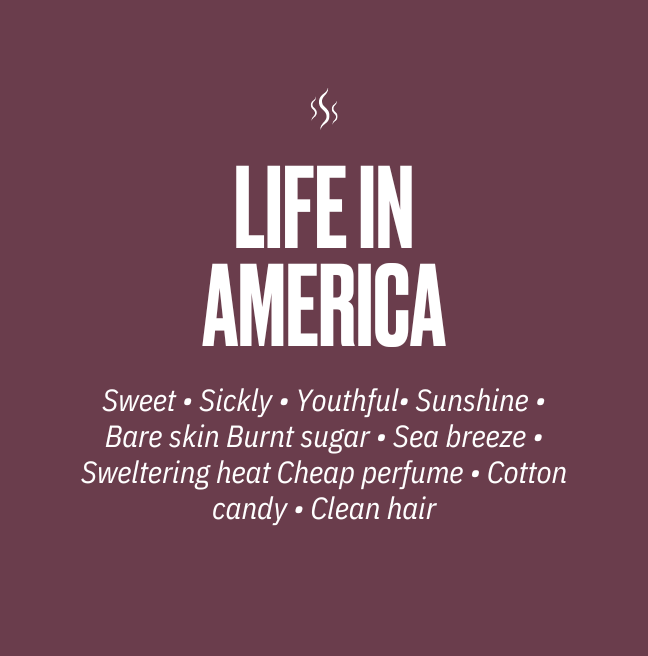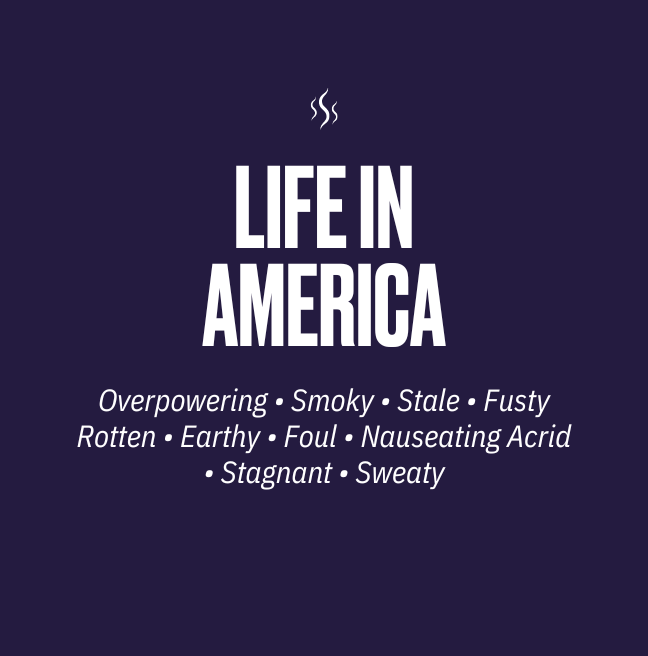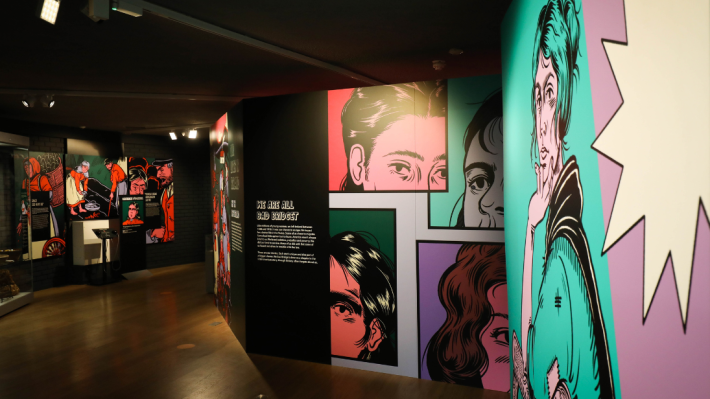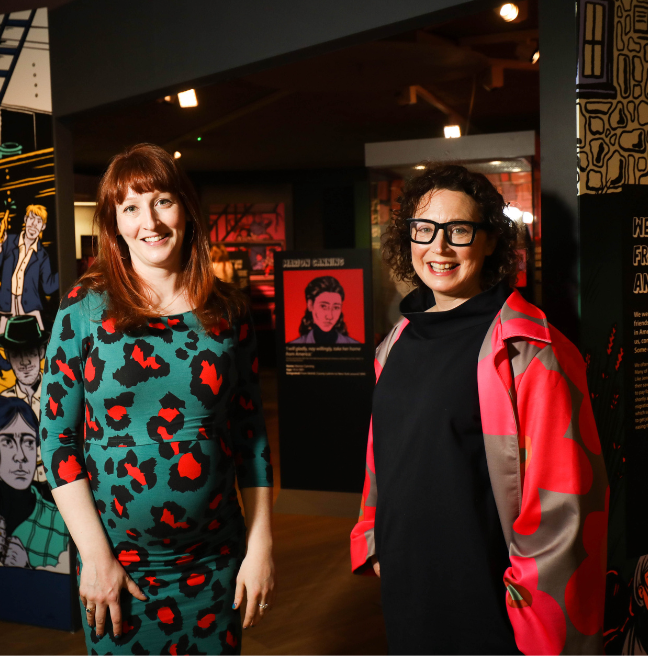
Storytelling through Scent
Scent designer Tasha Marks responds to history in an olfactory way, to imagine what sort of smells would help to tell the story of Bad Bridget. She has developed four scents for the exhibition that relate to the environments that these women would have experienced.
Tell us a bit about yourself!
I founded my creative practice AVM Curiosities in 2011 as a way to explore the use of the senses in the gallery and museum space. My background is as a food historian, however, it was through the mediums of taste and smell that I found my passion for storytelling. I think the senses can break down boundaries, making collections more accessible and enticing. Aroma is a storyteller, that tells us a micro story of a macro world.
How did you become involved in the Bad Bridget exhibition and what made you want to be a part of it?
I was first introduced to the Bad Bridget exhibition by Andrew McDowell, the Design and Interpretation Manager at the National Museums NI. I had previously worked on a scented installation for the National Trust and Andrew was recommended my services as a sensory consultant from one of the team involved with that project. My involvement started with a preview of some of the research by the team at Queen’s University Belfast and it sparked off loads of sensory possibilities in my mind. The eventuating smells that are in the exhibition, tell the stories of specific women form that research, but also paint a wider picture. Having such a rich source of research as a start point is always a dream for me, so I was very excited to be a part of it.
What were your initial thoughts when you were briefed about the exhibition?
The breadth and depth of research by Elaine Farrell and Leanne McCormick was the best brief I could’ve asked for. Having access to images and quotes from the time is a fantastic source of inspiration. My training as a scent designer is focused on how to respond to history in an olfactory way, to imagine what sort of smells would help to tell that story. When I read the reports of people’s experience of the overcrowded Tenements in New York I could almost smell them, and when I heard about Mary Cotter’s tales of Coney Island, I could picture the candy floss and smell of burnt sugar drifting through the air. I’m always thinking with my “mind’s nose”!
What inspired you to create the smells, and can you tell us a bit about the process?
Developing smells for an exhibition is as much about language as blending. Being able to communicate what a smell is, is half the battle. There are so few words in the English language that directly relate to smell that you end up widening your vocabulary to tell that story. If you say something is ‘fragrant’ or ‘pungent’ that only tells you so much, but if you say a smell is ‘green’ or ‘warm’ it actually tells you more. So, for me my process always starts with words, research and imagination.
Do you think your involvement with the exhibition will add to its uniqueness?
I think Bad Bridget will be a very special exhibition and having an element that must be experienced in real life will certainly be a draw to the space. Over the last ten years I’ve seen a building interest in making exhibitions more interactive, and I believe that by incorporating smells into the exhibition it will encourage visitors to engage with the content in a more intimate way. Scent is the sense most closely linked to memory so it may also create a longer lasting impression that goes beyond the gallery walls.
What are you looking forward to most about the exhibition opening?
I’m really looking forward to seeing how visitors respond to the scents. I know what stories I hoped to tell with them, but scent is subjective and everyone will take something different away from it. I always enjoy seeing the range of reactions - and who goes back for more!

Learn more about Bad Bridget
Bad Bridget
Listen to the stories of thousands of women who left Ireland for North America between 1838 and 1918
Finding Bad Bridget
Hear from Dr Elaine Farrell (Queen's University) and Dr Leanne McCormick (Ulster University) who came up with the concept for the exhibition.
Reimagining Bad Bridget
Using research and reference material from our archive, Fiona brings our Bad Bridget’s to life. Find out more about her design process for developing the exhibition illustrations.
